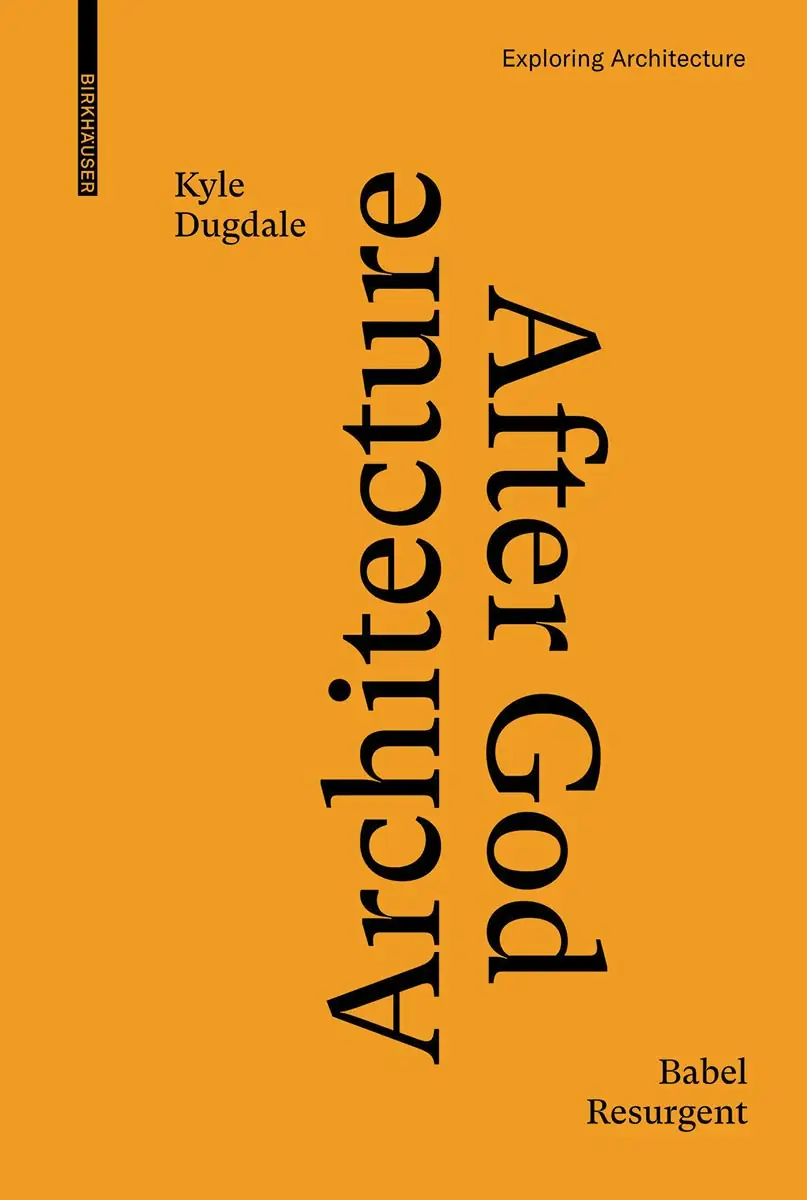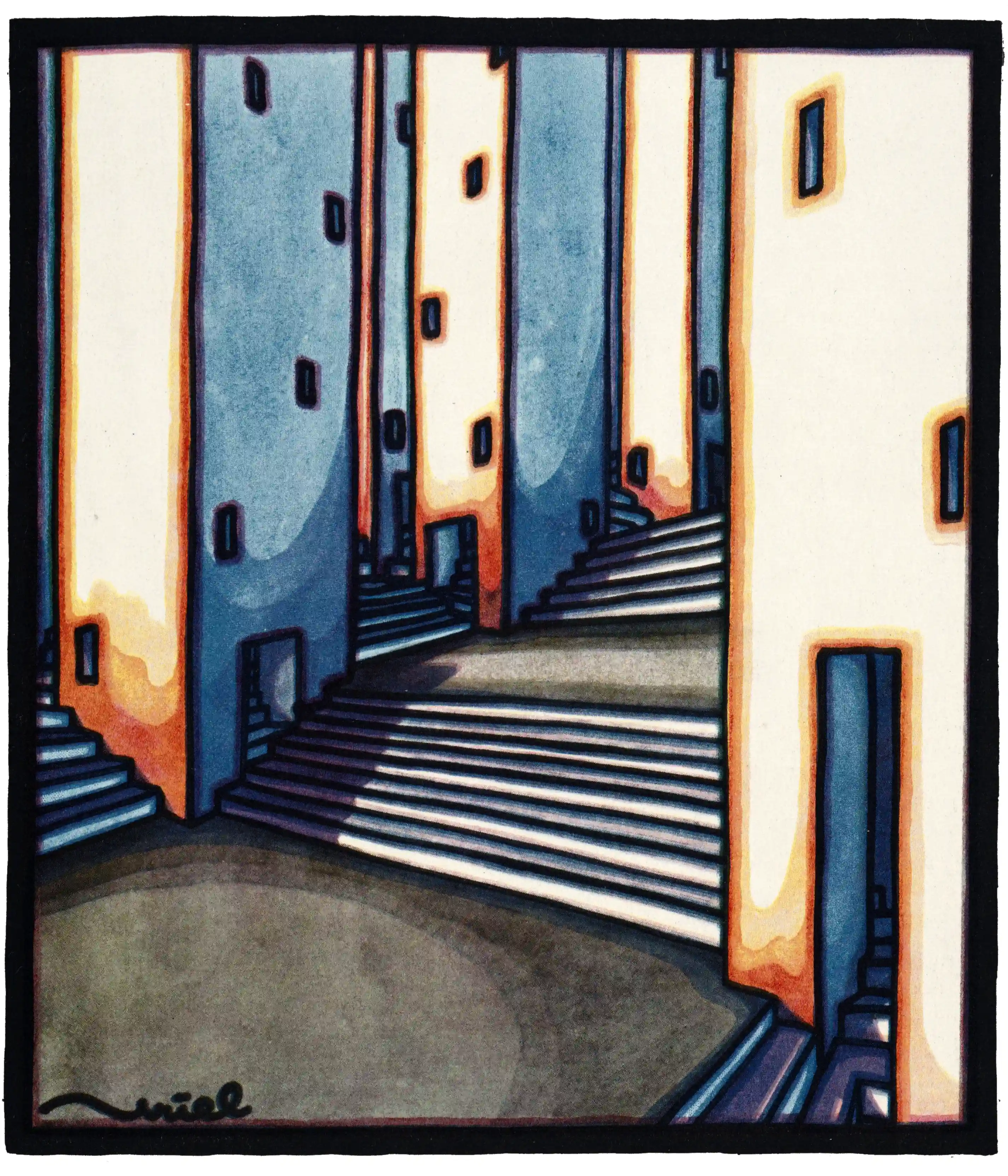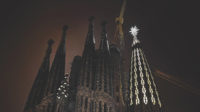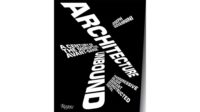The Tower of Babel looms large in the history of art and architecture, whether as the subject of Pieter Bruegel the Elder’s 1565 painting or as the main tower at the heart of the hyperindustrial city in Fritz Lang’s Metropolis (1927). It also takes center stage in modern and contemporary literature: Jorge Luis Borges’s enigmatic (and architectonic) short story “The Library of Babel” (1941), Juan Benet’s The Construction of the Tower of Babel (1990), as well as “Tower of Babylon,” the opening story in Ted Chiang’s anthology Stories of Your Life and Others (2002). In all these examples, the architectural conventions of structure and form become metaphors for the limits of language and knowledge. The Tower’s significance to contemporary architectural audiences is implied, perhaps even understood. We may not picture Bruegel’s or Borges’s monumental and unfathomable buildings whenever we encounter architectural writing that is dense and prolix, but it does make one wonder whether capital-A architecture is a kind of Babel tower torn apart by conflicting views about who designs buildings and for whom.

Architecture After God: Babel Resurgent, by Kyle Dugdale. Birkhäuser, 440 pages, $92.
A similar feeling of bemusement and loss lies in the pages of Kyle Dugdale’s Architecture After God: Babel Resurgent. It is the second book in Birkhäuser’s Exploring Architecture series, which is dedicated to encouraging new directions in architectural scholarship. In its pages, readers discover an unwavering sense that architecture has largely failed us spiritually—that it has lost its moral authority. For Dugdale, the Tower of Babel is a powerful architectural metaphor that embodies the various disaffections and disenchantments at the heart of architectural Modernism. If the Modern movement began as a way to weave art and architecture into the fabric of society, it would be compromised during the interwar period thanks to the rise of nationalism and militarization.
This is not an unfamiliar narrative. Plenty of historians have considered how colonialism and global war suited the aims of Modernism quite well. Dugdale takes a different route in that he seeks to find the literal roots of this misalignment at the very beginning, in the spiritual and sacred origins of architecture. In this sense, the book consists of two micronarratives, each entwined with the other like the strands of a double helix. The first is a theoretical and architectural account of the Tower of Babel. Dugdale’s rigor here is on display as he takes readers on a tour of the various stories of the Tower’s origins, from antiquity onward. Lavishly illustrated spreads also show how early modern architectural writers and chroniclers, from Athanasius Kircher to Johann Bernhard Fischer von Erlach, imagined the building. The highlight here, however, is a stunning and engrossing architectural interpretation of the Book of Genesis. This is no mere equating of language and building but a tour-de-force argument that envisages the Old Testament as a kind of architectural manual. Through Dugdale’s exacting and careful exposition, the architectonic lessons to be gleaned from Genesis become clearer—at one point, even the importance of walls and partitions to the creation of Adam and Eve is demonstrated. This is all precursory, serving as a backdrop for the author’s excursions around the ways the Tower of Babel has persisted in the modern imagination.

Uriel Birnbaum's The City of Steps (Die Stufenstadt) from Der Kaiser und der Architekt (1924).
Why, then, does Dugdale insist that the Tower of Babel was not persistent but, rather (as the book’s subtitle tells us), resurgent? The answer lies somewhat in his second micronarrative—a close reading of an overlooked text, The Kaiser and the Architect (1924), by the Austrian painter Uriel Birnbaum—a figure largely absent from architectural history. Dugdale sees Birnbaum’s tale as a spirited response to the secularism and paganism he associated with German Expressionism. The son of Nathan Birnbaum, one of the founders of Zionism, Birnbaum’s own architectural travels read as a counterpoint to architect Erich Mendelsohn’s friendship with future Israeli president Chaim Weizmann and fascination with the writings of the philosopher Martin Buber. Much like Italo Calvino’s Invisible Cities, The Kaiser and the Architect features a series of imaginary metropolises, all painted by Birnbaum in a way that mimics stained-glass windows in Gothic cathedrals. And, like the Tower of Babel, Birnbaum’s work was also subject to misinterpretation and disaffection. His books were mined (and misread) for ulterior purposes, resulting in the humanity-stripped devotion exhibited by crowds during Albert Speer’s Cathedral of Light at the Zeppelin grounds in Nuremberg.
There are other ways to describe how Dugdale’s excellent Architecture After God identifies parallels between architecture and religion. The book begins with a vivid description of artifacts on display at Yale’s Beinecke Rare Book and Manuscript Library, one in which curatorial ambition and collection strategies transform a signature Modernist building into a reliquary. And then there’s Uriel Birnbaum’s own exclusion from the architectural canon. Readers already understand the ecclesiastical origins of “the canon” and “canonical,” words used to elevate extraordinary persons to immortality, now used to ensconce architects and thinkers in a mantle of professional adulation. This is a book for readers of all stripes, as Dugdale makes clear, but it is suffused with a kind of conviction rarely seen in architectural writing these days. It is also a deeply personal book; Dugdale is trying to understand his own journey in architecture and wants readers along for the ride.




Post a comment to this article
Report Abusive Comment